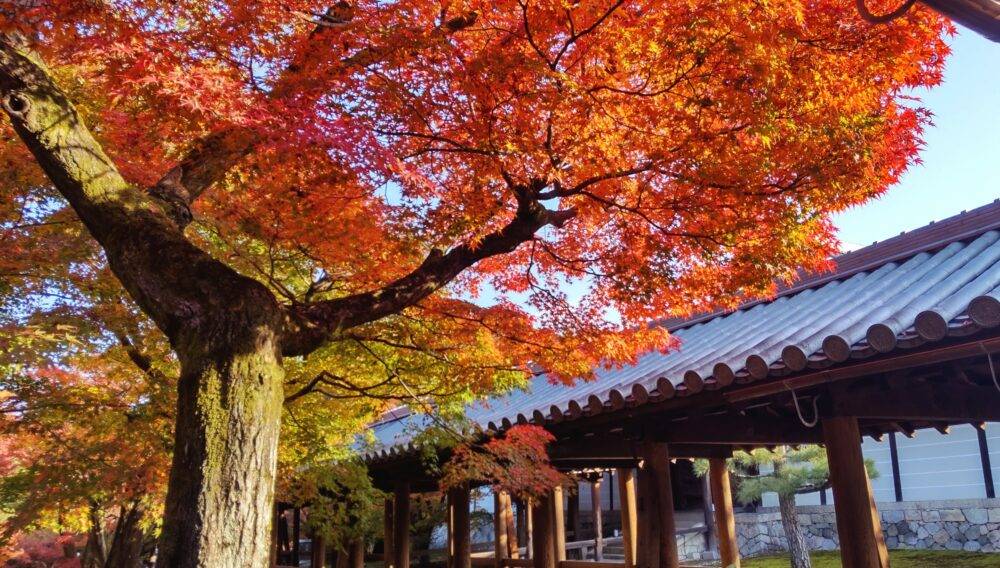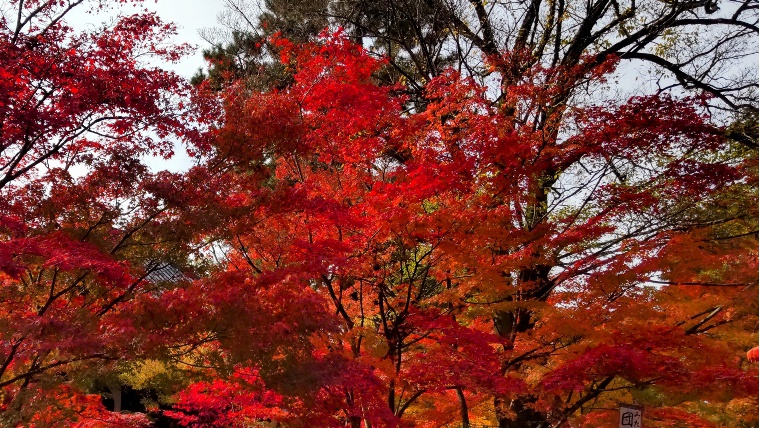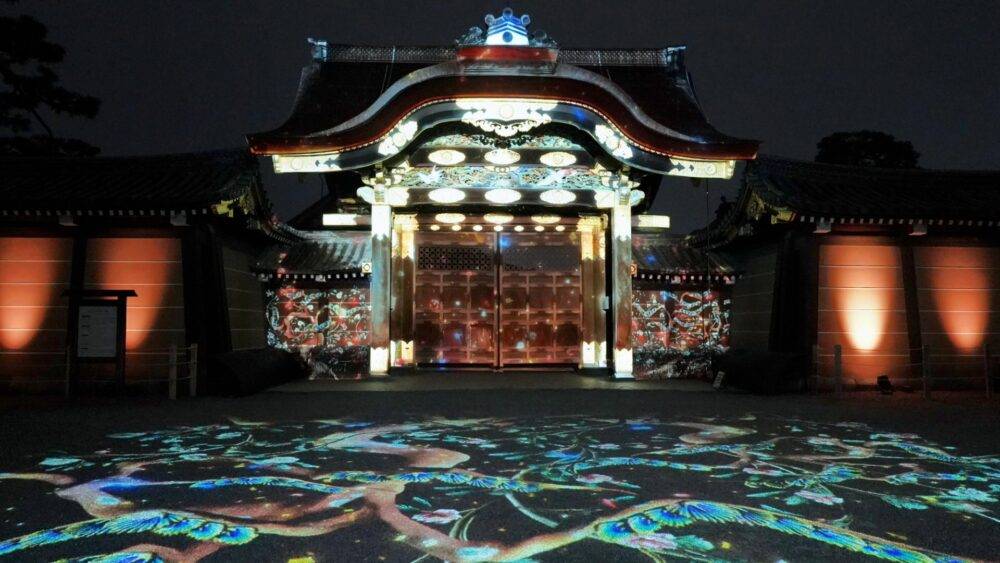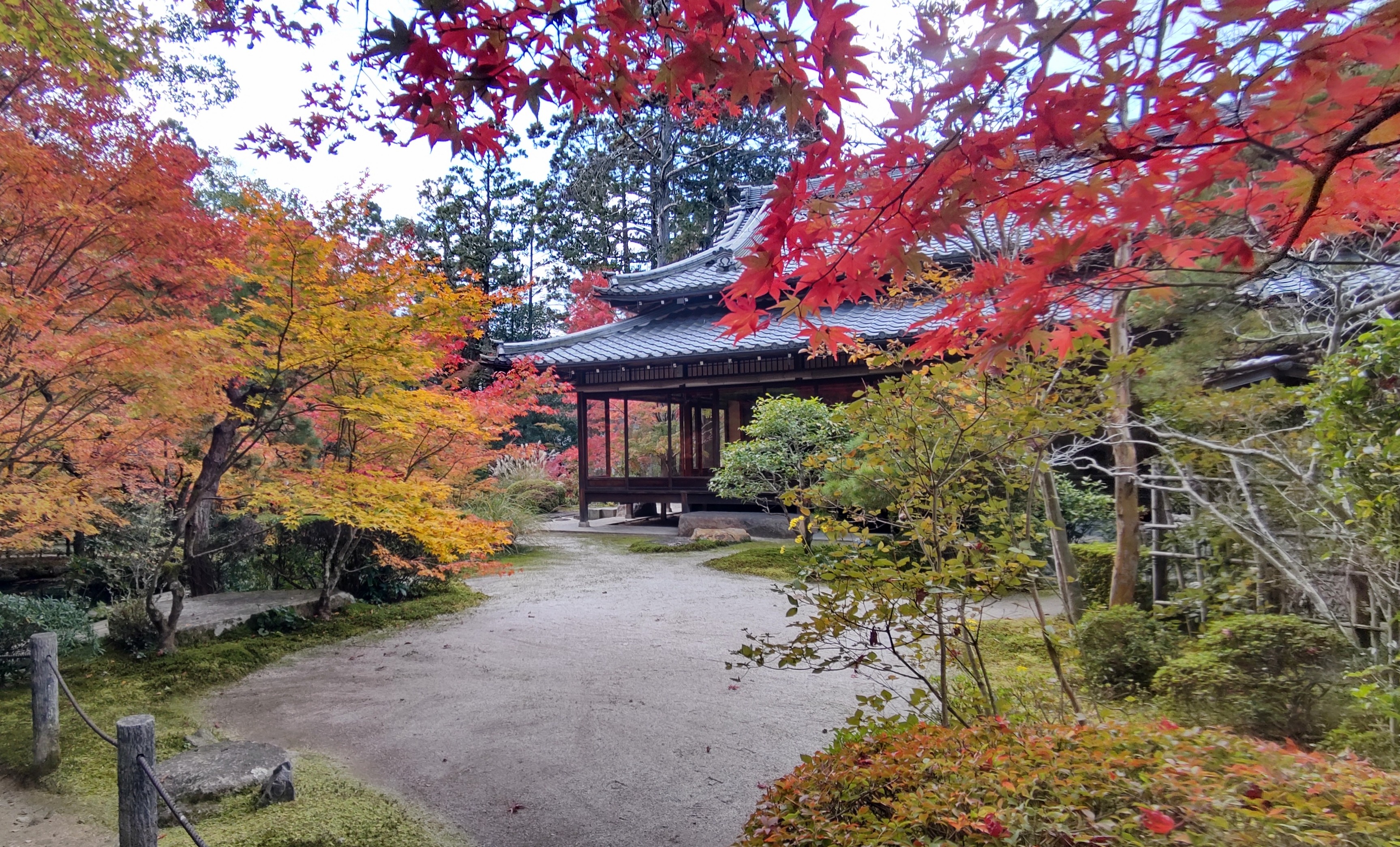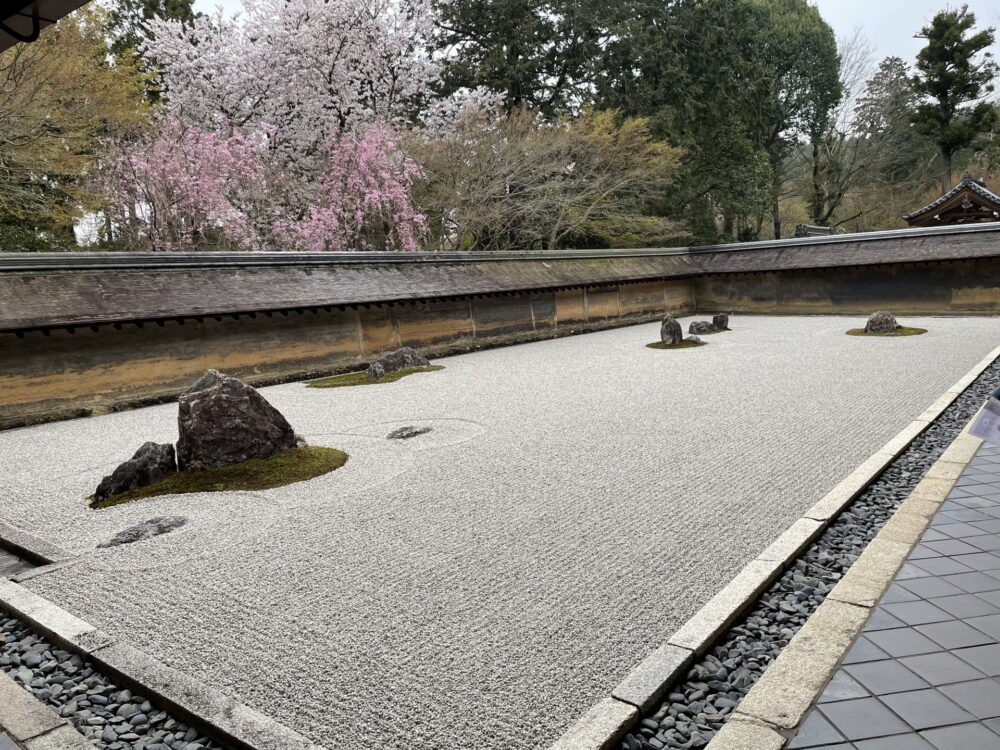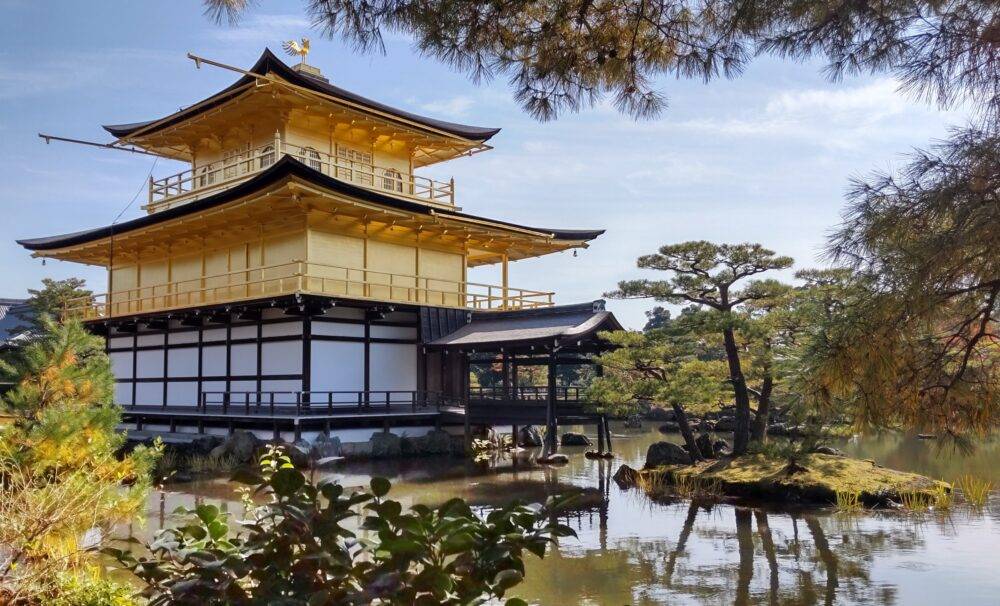Shimogamo Shrine: A Sacred World Heritage Site in Kyoto
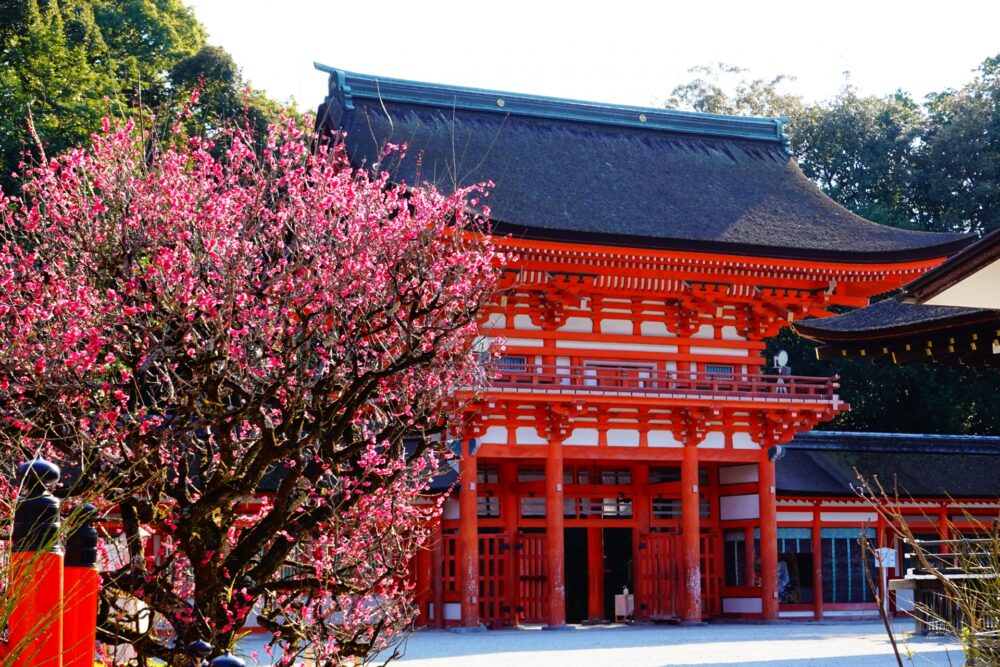
Shimogamo Shrine, located in the northeastern part of Kyoto City, is one of the most important and ancient shrines in the city. Its history stretches far back, predating the establishment of Kyoto as the capital in 794. In recognition of its long history and cultural significance, the shrine has been designated as a UNESCO World Heritage Site. Here is the information to understand the rich cultural and historical significance of Shimogamo Shrine deeper.
History
Although, the exact origins of Shimogamo Shrine are shrouded in mystery, its existence predates even the reign of Emperor Sujin (97-30 BC). Records indicate that repairs were made to the shrine’s fence in 90 BC, providing evidence of its long and storied history.
The Shoku Nihongi (Chronicle of Japan), a historical text detailing events of the time, records an order issued in 698 AD to provide security for the Aoi Matsuri festival due to the large crowds it attracted.
During the Heian period (794-1185), Shimogamo Shrine was revered as a protector of the nation, the capital city of Kyoto, and the imperial family. Shimogamo shrine flourished as a center of culture and religion, frequently appearing in classical literature such as The Tale of Genji and The Pillow Book.
While these connections weakened during the Kamakura (1185-1333), Muromachi (1336-1573), and Sengoku (1467-1603) periods due to war and unrest, popular faith grew and sustained the shrine. In recognition of its exceptional historical and cultural value, Shimogamo Shrine was designated a UNESCO World Heritage Site in 1994.
Buildings
Shimogamo Shrine boasts a diverse array of structures within its sacred precincts, many of which have stood since ancient times.
Here are some of the most notable structures found at Shimogamo Shrine.
Tadasu-no-Mori
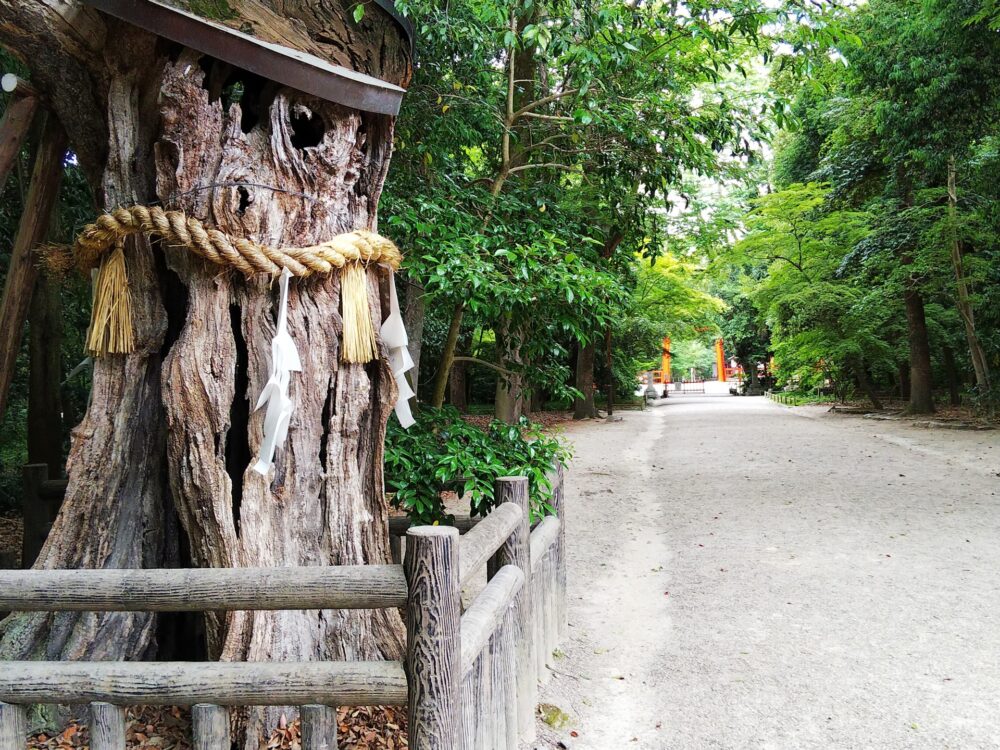
The Tadasu-no-Mori is a vast 124,000 square meter forest that serves as the main approach to the Shimogamo Shrine. It is located on a delta where the Takano and Kamo Rivers converge, and features a grand avenue of trees. While the name Tadasu-no-Mori can be interpreted as referring to the place name “Tadasu,” meaning “delta,” it has traditionally been understood to mean “to justify”.
This sacred forest has been preserved for centuries, and is primeval forest : over 140 species, including keyaki, enoki, and muku trees. Approximately 600 of these trees are over 600 years old, making the Tadasu-no-Mori a truly awe-inspiring place.
Koto sub-shrine
The Inner Shrine of Shimogamo Shrine houses seven shrines dedicated to the twelve animals of the Chinese zodiac. By visiting the shrine that corresponds to your own birth year animal, you can experience a more personal and meaningful pray than usual.
Aoiyashiro sub-shrine
The sacred tree, standing beside the shrine, is a remarkable sight, with two separate trunks intertwining and merging into a single entity. This symbolic union is believed to bestow blessings for matchmaking, safe childbirth, childrearing, and family harmony.
Kawai sub-shrine
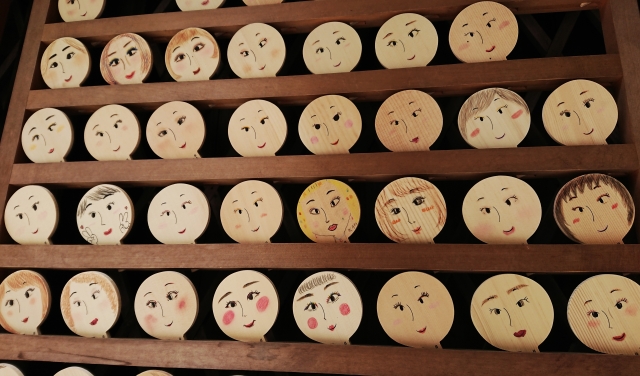
Kawai sub-Shrine, a subsidiary shrine of Shimogamo Shrine, is a place of worship dedicated to the deity Tamayorihime no Mikoto, renowned for her beauty and grace. The shrine offers a unique opportunity to pray for beauty through the “Mirror Ema” ritual. Visitors can apply their own makeup to the Ema and write their wishes, believing that this will enhance both their inner and outer beauty.
Mitarashi sub-shrine
Mitarashi Shrine, situated over the Mitarai River that flows through the shrine grounds. The shrine enshrines Seoritsuhime-no-Mikoto, a deity of disaster prevention and purification. During various festivals held at Shimogamo Shrine, a ritual of cleansing impurities is performed in this river.
Information
Open hours
6:00 – 17:00
Admission
Free
Regular holiday
None
Address
〒606-0807 Kyoto, Sakyo Ward, Shimogamo Izumikawacho, 59
- 12-minutes walk from nearest station “Demachi Yanagi” station to Shimogamo shrine.
- 2-minutes walk from nearest bus stop “Shimogamo jinjia mae” to Shimogamo shrine.
Link & Resorce
Official site
Shimogamo Shrine (EN)
